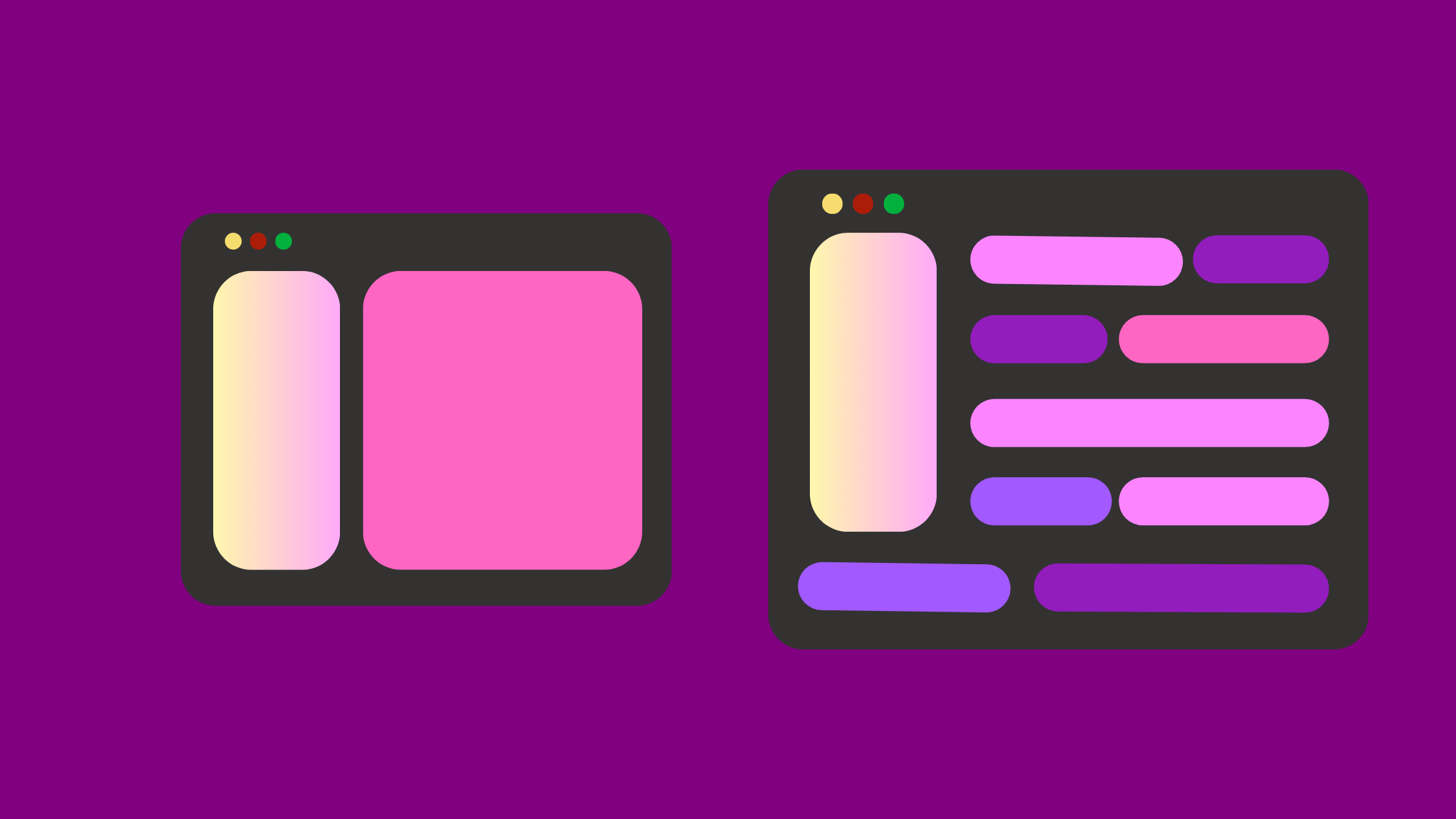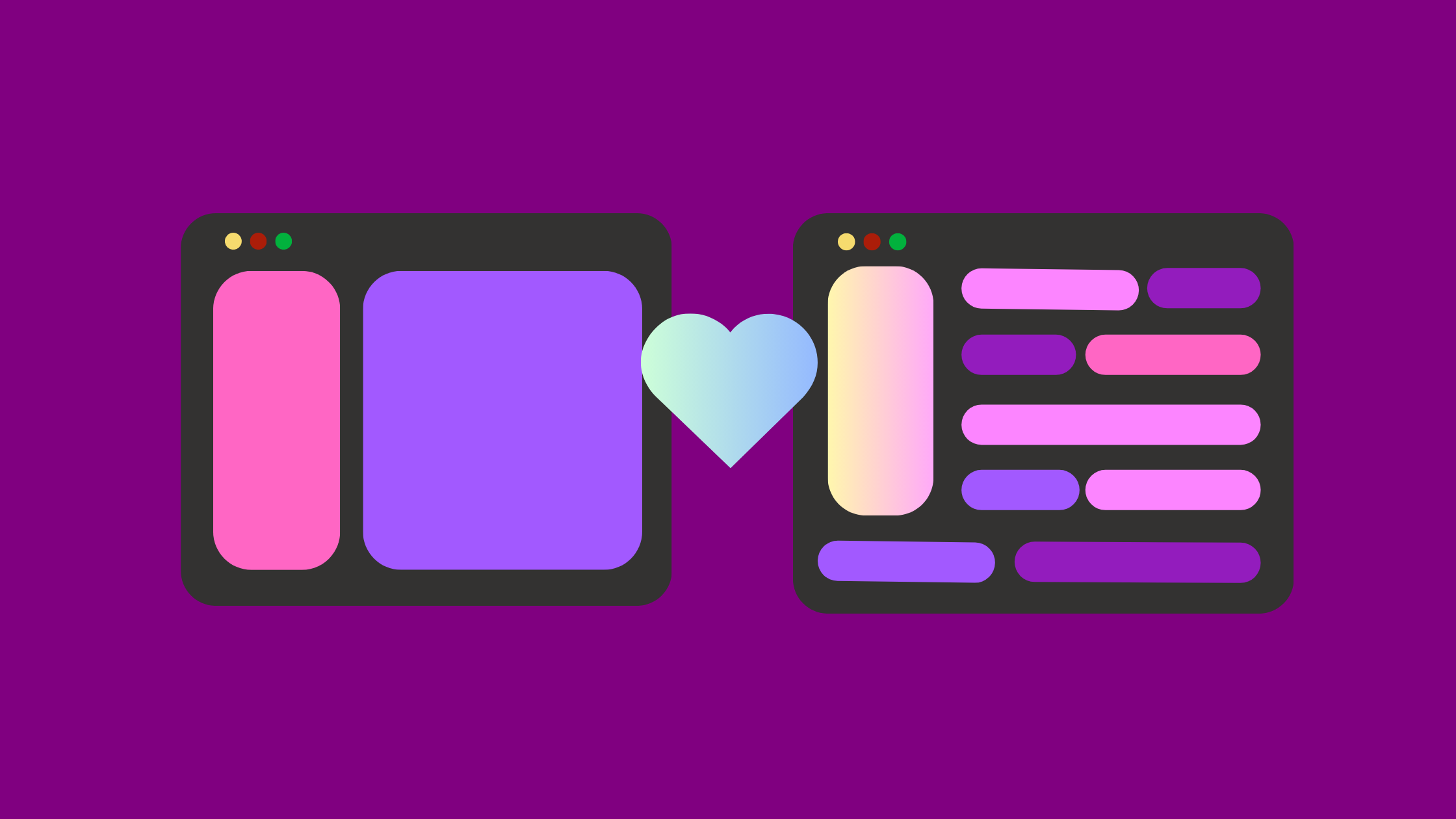
Every dev’s had that moment where their layout just won’t behave the way they want.
You're moving elements around, adjusting margins and paddings, and still… nothing sits right.
It usually comes down to a face-off: flex vs absolute positioning.
From time to time, you get a gem like this - two powerful tools that do the same thing, but in their own unique way.
Understanding when to use each is like having a secret weapon in your CSS toolkit
Let's Break it Down: What is What?

Flex is your go-to for responsive layouts. It’s designed to handle dynamic content that changes size, shape, or order. Flex makes sure your design adapts beautifully to different screen sizes, whether it’s on mobile, tablet, or desktop. It’s basically a smart assistant that knows just how to arrange things to look perfect.
Absolute positioning, on the other hand, is all about control. It gives you the power to place elements exactly where you want them, no matter what else is happening on the page. It's perfect when you need an element to stay put - like a modal window or a tooltip that should always appear in a specific spot.
When Flex is The Right Choice For You
Use flex when you’re building grids, navigation bars, or any layout where items need to be aligned in rows or columns. Flex works like magic for centering elements (finally, centering without losing your mind!). It’s also great when you want your layout to stretch or shrink depending on the screen size.
When to Choose Absolute Positioning

Absolute positioning is ideal when precision is key. If you have an icon that needs to sit exactly in the corner, a badge that has to stay on top of a button, or an image that shouldn’t move no matter what, absolute is your best friend. Just remember, absolute positioning works relative to the nearest positioned ancestor (if there isn’t one, it’ll use the viewport).
There’s no rule that says you can’t use both together.
In fact, the magic happens when you know how to blend them. You might use flex to create a responsive layout and absolute positioning to add that little bit of precision for specific elements.
Don’t overuse absolute positioning: it can easily mess up the flow of your layout, especially on different screen sizes. If everything’s locked in place, your design might look great on your monitor but completely fall apart on a smaller device.
Dos and Don'ts: A Simple Framework

We could say that Flex is like a group of friends that always adjust to make sure everyone fits in the photo - no matter who shows up.
Absolute instead, is like that one friend who always stands in the same spot, no matter where the rest of the group goes.
So how to deal with them?
- Start with flex for most layouts - it’s flexible, adaptable, and way easier to debug.
- Use absolute sparingly, and only when you need that perfect precision.
- Test on multiple screen sizes. What looks great on your desktop might not work on mobile.
Conquer the layout game, and you’re already building a smoother, faster experience for your users.
And that’s where the real wins are.
That's pretty cool.
Working hard to implement a complex design?
Try Polipo instead.
Start here.